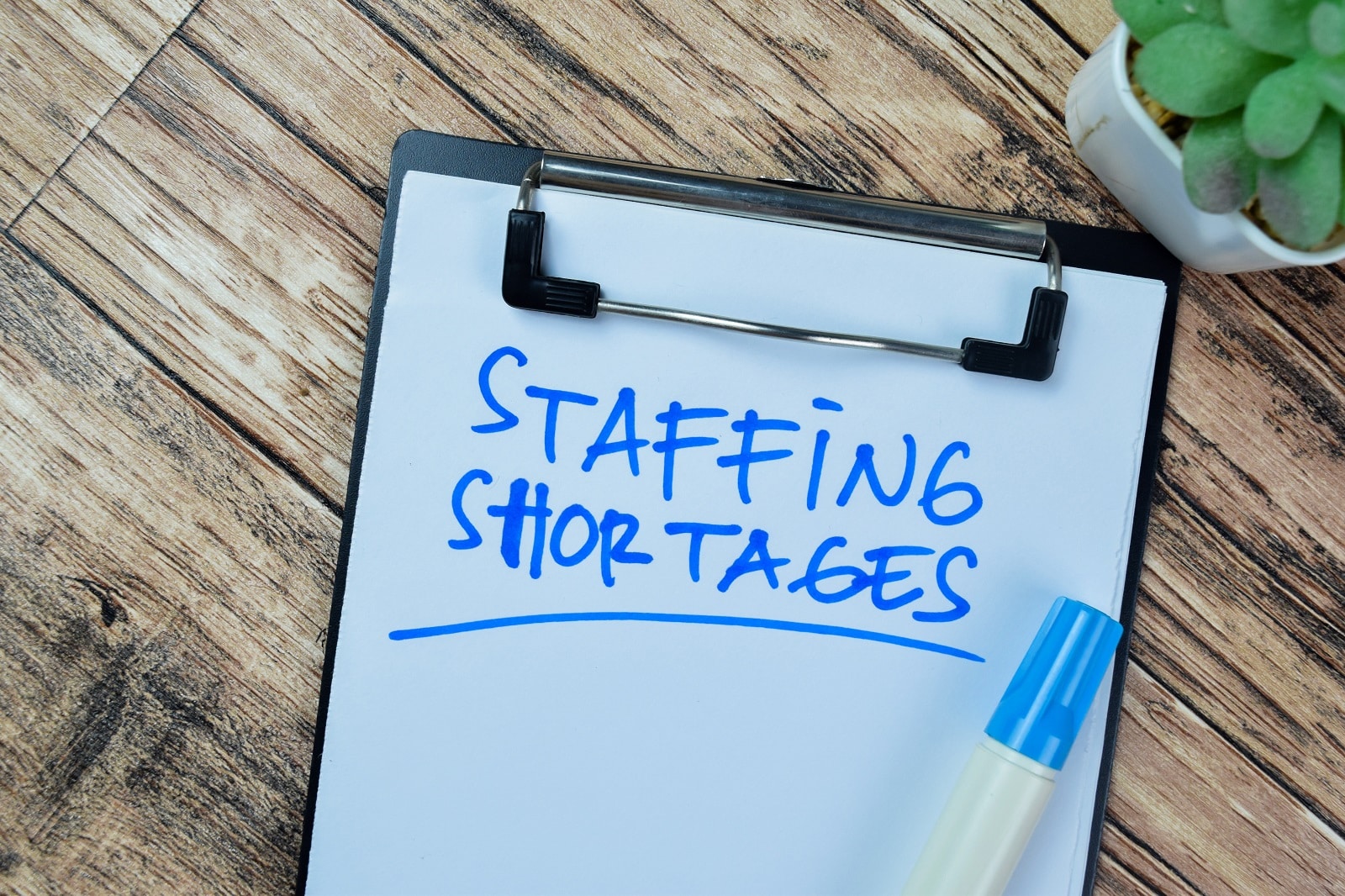Interested in how the changing demographics – longer lifespans and declining birth rates – are reshaping our world? With experts suggesting that the world will see over 1.6 billion people aged 65+ by 2050, we dive into the economic impacts and what they could mean for your everyday finances.
Aging Population, Declining Birth Rates

It’s no longer just smartphones and streaming services that are transforming our world. We’re witnessing a shift in demographics, with people living longer and having fewer babies.
But how does this impact your everyday life, especially when it comes to money?
Over 1.6 Billion People Aged 65 and Up

By 2050, there will be over 1.6 billion people aged 65 and up worldwide – more than double the number in 2021.
The reason? People are living healthier lifestyles than ever, and women are having fewer kids. While that might sound positive, it’s causing some real economic difficulties.
France’s Dilemma

Let’s quickly jump to France. President Macron suggested raising the retirement age from 62 to 64, and it caused fierce countrywide protests.
Macron argued that two extra years of work would pay the way for the older and ever-aging population.
Sparking Nationwide Protests

The public, however, didn’t see it that way, leading to riots, although ultimately, the law was forced through.
EU Demographic Trends

As more people across the world retire and fewer young folks join the workforce, government budgets are feeling the strain.
Balancing the Aging Population and Workforce

Eurostat tells us that in the EU in 2022, for every three working-age adults, there was one person aged 65 or older.
Fast forward to 2050, and it’s predicted to be almost two older adults for every three workers. That means more spending on things like healthcare and pensions.
U.S. Household Dynamics

According to statistics, there were over 11 million over-65 households in the U.S. in 2021 – 27% of all homes.
Between 2012 and 2022, the number of people over 65 grew by 34%, from 43 million to 58 million.
Workforce Challenges

With fewer young people working, businesses are struggling to fill vacated positions, slowing down the production of goods and services.
Pandemic Fallout

The pandemic made things worse, with many older workers deciding they’d rather not go back to the daily grind.
Daily Retirement Rate

Experts estimate that around 10,000 people over the age of 60 retire from the U.S. workforce every day.
Immigration Dynamics

Immigration is a potential quick fix, but experts are divided on the sustainability of relying on foreign workers.
Future immigration relies on young workers wanting to move to countries with older populations. Many of those countries are dealing with their own problems as young people leave for better opportunities elsewhere.
Financial Silver Lining

Despite all the financial strain, there is some positive news. Aging populations might actually make it easier for you to borrow money and less expensive overall. Curious how that works?
Interest Rate Dynamics

Think of it this way: when lots of people want to put money in the bank, it’s like having more cash to lend. And if there’s more cash to lend, interest rates go down.
Low-interest rates mean borrowing money is cheaper, which is good for governments as they can borrow without breaking the bank.
Savings Behavior

But there’s a catch – It depends on how older adults manage their money.
Some experts say that if retirees start spending their savings, it could push interest rates up. Others, like Assistant Professor of Economics at Trinity College Dublin Joseph Kopecky, disagree.
Thrifty Baby Boomers and Savings

He argues that thrifty baby boomers, who are getting ready for retirement, are actually saving more money.
The majority aren’t planning on blowing it all; instead, they want to leave something behind for their kids.
Extended Life Expectancy

Factor in that overall life expectancy is rising, and it’s easy to see that everyone is saving more, on average, than ever before.
Increased Savings

If you know you’ll have a longer retirement, you’ll save more money, and when lots of people save, there’s more money available. If nobody’s looking to borrow a ton of cash, interest rates drop.
Pros and Cons of Easier Borrowing

So, what does all this mean for you? Well, it’s a mixed bag. It could mean easier borrowing if you need a loan for a car or a house and lower monthly repayments.
But it also means you might not earn much interest on your savings.
Challenges Ahead

While there are challenges ahead with our aging populations and lower birth rates, there may be some silver linings, too.
Governments will have to figure out how to manage these new population demographics, and how we save and spend our cash might need reexamining.
The post The French Rioted After Retirement Age Hikes: Now It’s Happening to 1.6 Billion Americans first appeared on Liberty & Wealth.
Featured Image Credit: Shutterstock / Andrii Nekrasov.
The content of this article is for informational purposes only and does not constitute or replace professional financial advice.

